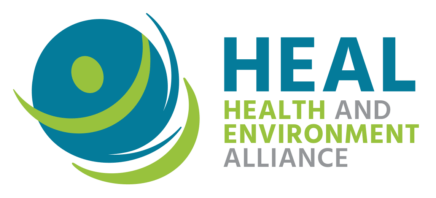Opinion by HEAL Poland Director Weronika Michalak: as the urgency to act on the triple crisis - climate change, pollution, and biodiversity loss - becomes increasingly clear, I hope that the Polish Presidency of the European Union, which began on 1st January this year, will set the course for decisive EU climate and environmental policies aimed at protecting people's health across Europe.
The Classification, Labelling and Packaging of chemicals (CLP) regulation sets out how the EU classifies and communicates about the hazardous properties of chemical substances and mixtures. To help you understand exactly why the currently ongoing revision of this cornerstone of EU chemicals legislation is an important opportunity to promote health, HEAL has launched two new videos.
Open any cupboard in your home: how many items with a hazard warning symbol can you count? Many of us are familiar with at least some of these symbols, but few people will fully understand them. Even fewer people have basic knowledge about the process for how the European Union decides which chemical substances and mixtures should be assigned a particular hazard and how it should be labelled.
The EU Classification, Labelling and Packaging (CLP) regulation has created one single harmonized process for the identification and labelling of the hazardous properties of substances, which applies across all sectors and uses. Therefore, it plays a crucial role in hazard communication throughout the manufacturing, use, distribution and trade of chemicals, as well as towards consumers. Under sectoral chemicals legislation, the existence of a CLP classification can trigger specific actions, including bans and restrictions. Therefore, proper hazard identification under CLP is piece and parcel to guaranteeing high levels of health protection, efficiency and coherence across all EU chemicals legislations.
However, in its current form, CLP has several important limitations, starting with the fact that it does not cover all the hazards that are relevant to our health and the environment, such as endocrine disruption.
Watch HEAL’s new videos explaining the CLP’s limitations, and dive deeper into how reforming the EU rules on the classification, labelling and packaging of chemicals is an opportunity to protect health that cannot be missed:



